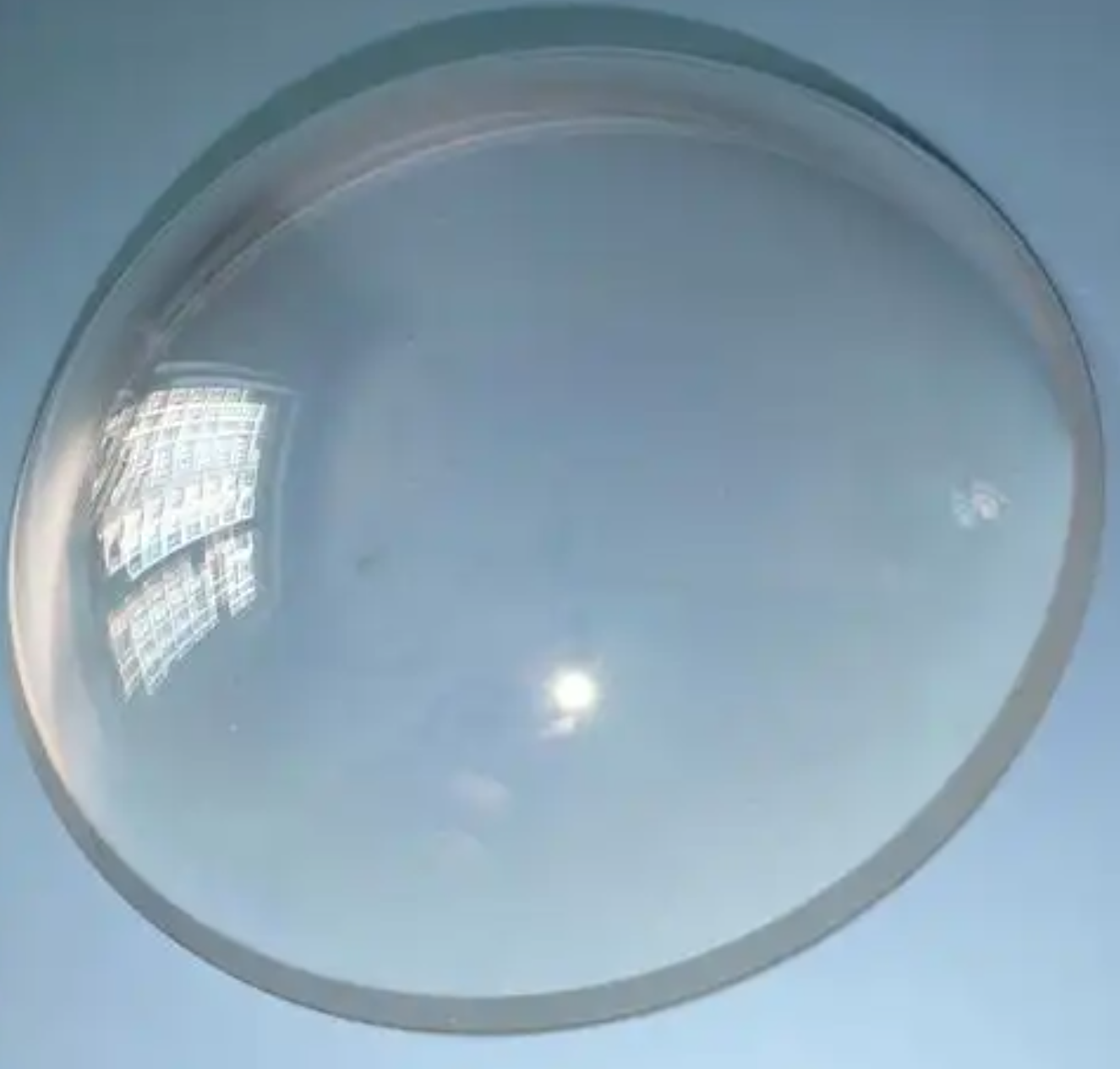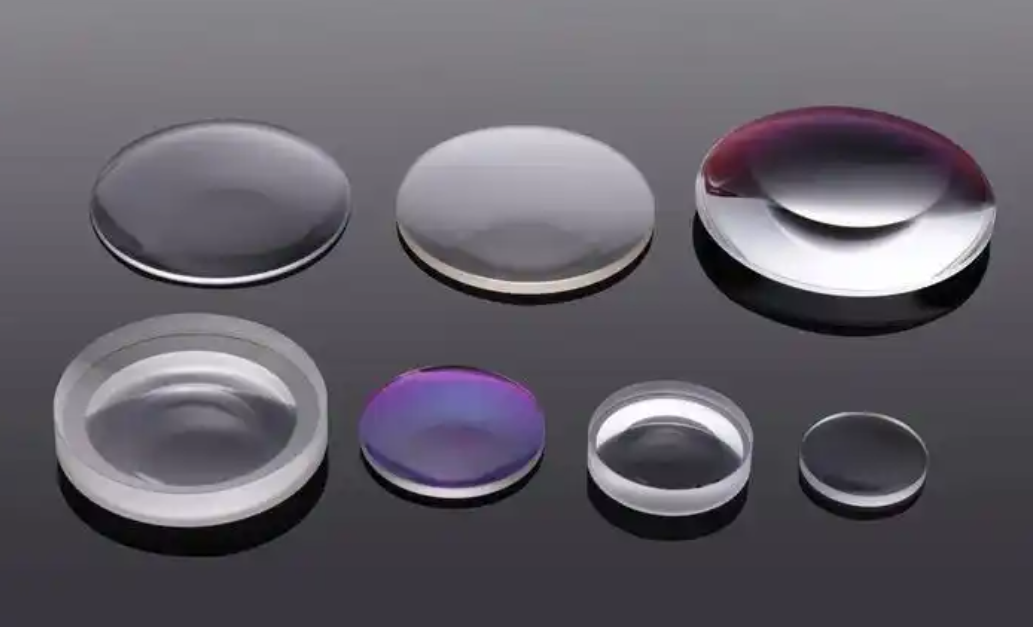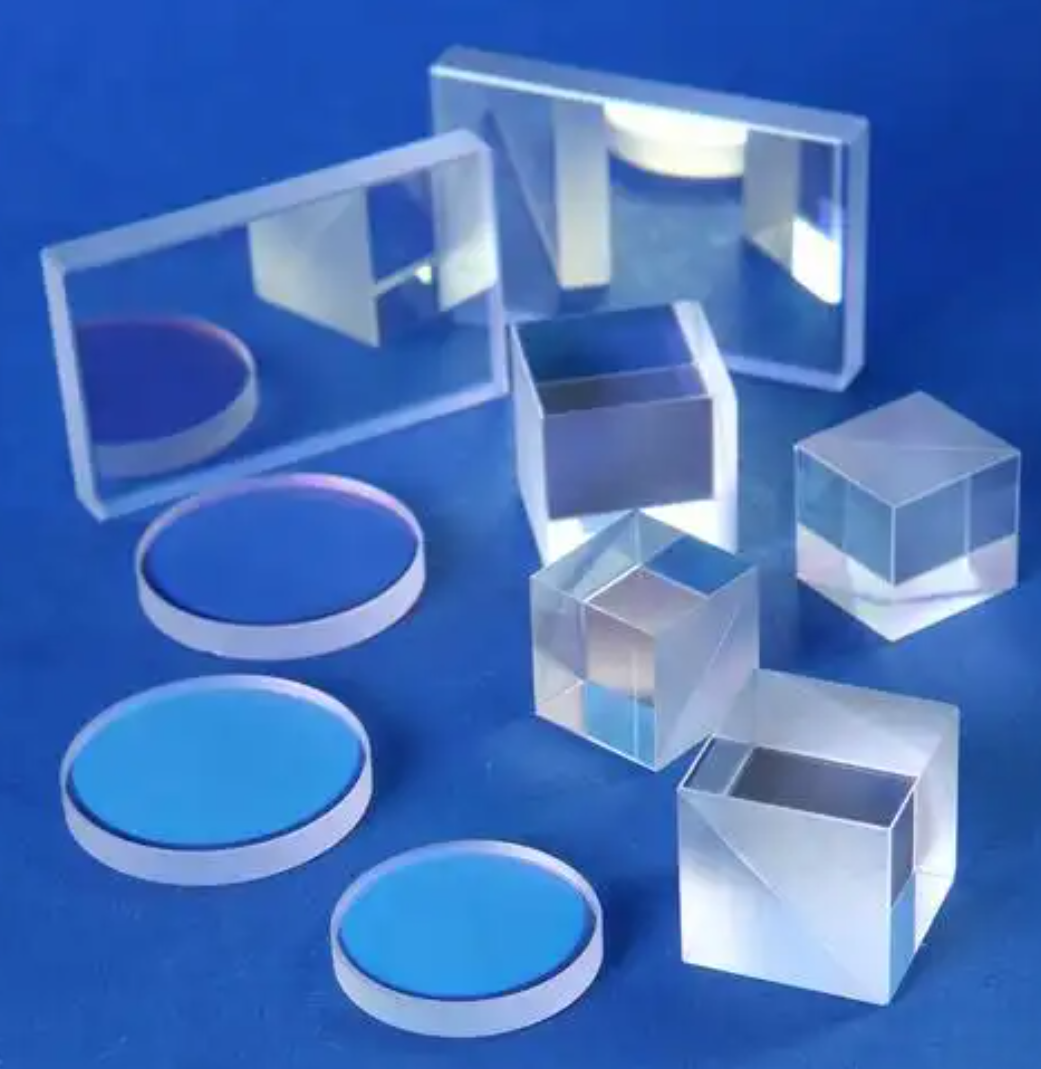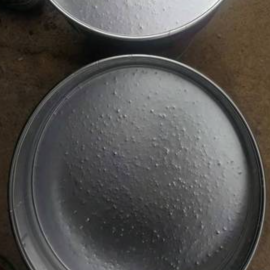Optical materials play an important role in modern technology and industry. Silicone as a new material is also used in the field of optics, how are the advantages of organic compounds and silicone materials combined, so as to have excellent optical properties? How is optical silicone applied?
Optical silicone has excellent transparency, flexibility, and adjustable parts, in various fields from optics and photonics to electronics and cattle technology have great potential. Optical silicone is a high-performance material widely used in optoelectronics, photovoltaics, LED lighting, displays, optical instruments, and other fields. It has excellent optical transparency, weather resistance, thermal stability, and flexibility.
The following seven aspects of optical silicone properties and applications:
- What is the definition of optical silicone?
- How is optical silicone categorized?
- What are the characteristics of optical silicone?
- What are the preparation of optical silicone?
- What are the applications of optical silicone?
- How to enhance the performance of optical silicone?
- How to make optical silicone perform better?
1. What is the definition of optical silicone?
Optical silicone is a transparent or semi-transparent colloidal material with silicone as the main component. Its molecular structure is mainly composed of silicone-oxygen (Si-O) bonds, with a high degree of chemical stability and physical properties, and can maintain its physical properties and optical properties in a wide range of temperatures.

2. How is optical silicone categorized?
According to different applications and performance requirements, optical organic silicone can be divided into the following categories.
(1) Transparent silicone:
With high light transmittance, it is mainly used for optical devices, LED packaging, etc.
XJY-8206 Methyl Vinyl Siloxane Resin
It is made from the polymerization of tetrafunctional siloxane (Q) and monofunctional methyl siloxane (M). Silicone polymers and silicone compounds made from VMQ materials provide a wide range of temperatures, abrasion resistance, weathering, compression coagulation resistance, resistance to ultraviolet radiation, and other physical properties, and can be used in electronic and electrical appliances, LED, and other industries.
XJY-8206N Series Solution Methyl Vinyl MQ Silicone Resin
It is colorless and transparent and is composed of vinyl MQ silicone resin and vinyl silicone oil, it can be used for LSR(optical liquid silicone rubber), liquid additive silicone rubber, and also can be used for other two-component additive adhesives.
(2) Thermal conductive silicone:
It has good thermal conductivity while ensuring optical performance, and is used for high-power LEDs and other optoelectronic devices that require heat dissipation.
(3) High-temperature silicone:
It can still maintain its performance in high-temperature environments and be used for optical equipment in high-temperature working environments.
(4) Low refractive index silicone:
It can be used for optical matching and fiber optic connection and other areas requiring special optical properties.

3. What are the characteristics of optical silicone?
Optical silicone has the following main performance characteristics.
(1) High transparency: Light transmittance of up to 90% or more, almost no absorption of ultraviolet light and visible light, to ensure the efficient transmission of light.
(2) Weather resistance: UV, ozone, and hydrolysis resistant, not easy to age, suitable for long-term exposure to outdoor environments.
(3) Thermal stability: Dimensional stability performance in a wide temperature range (-50°C to 200°C), not easy to deform, soften, or decompose.
(4) Flexibility: Moldable optical silicone elastomers have good elasticity and flexibility, and can effectively absorb external shock and vibration, to protect the internal devices.
(5) Low water absorption: Low water absorption ensures stable performance in humid environments.
(6) Chemical stability: Acid and alkali resistance, oxidation resistance, suitable for a variety of complex chemical environments.

4. What is the preparation of optical silicone?
The preparation of optical organic silica gel mainly includes the following steps.
(1) Selection of raw materials:
Selection of high-purity siloxane monomer and crosslinking agent to ensure the transparency and purity of the final product.
(2) Polymerization reaction:
Polymerize siloxane monomers into macromolecular chains through condensation reaction or addition reaction to form basic silicone materials.
(3) Degassing treatment:
Degassing treatment is carried out in a vacuum environment to remove air bubbles and impurities in the material and ensure the uniformity and transparency of the product.
Inject the degassed silicone into the mold, and then cure it according to the need to get the silicone products of the required shape.
(5) Post-processing:
Post-processing of molded silicone products, such as surface treatment, cutting, polishing, etc., to ensure the accuracy of its optical properties and physical dimensions, and some tools can support optical surface geometry.
5. What are the applications of optical silicone?
Optical silicone is widely used in many fields because of its excellent performance:
(1) LED encapsulation:
The high transparency and thermal stability of optical organic silicone make it an ideal choice for LED encapsulation material, which can effectively protect the LED chip and improve the light output efficiency and service life.
(2) Optical devices:
It can be used in the manufacture of lenses, prisms, fiber optic connectors, and other optical components, these key bulk materials characteristics provide high transmittance and low refractive index material solutions.
(3) Displays:
It can be used to encapsulate and protect sensitive electronic components in LCD, OLED, and other displays, providing excellent optical performance and mechanical protection.
(4) Photovoltaic Modules:
In solar cell modules, optical silicone is used to encapsulate and protect photovoltaic cells, improving their photoelectric conversion efficiency and weather resistance.
(5) Optical adhesives:
It can be used to bond optical components such as glass, plastic, gold, etc., providing a high strength and high transparency bonding effect.
(6) Medical devices:
It can be used in optical diagnostic instruments, endoscopes, optical sensors, and other medical devices, to provide high transparency and biocompatible material solutions.
6. How to enhance the performance of optical silicone?
With the continuous progress of science and technology and the increase in market demand, the development of optical silicone is also facing new opportunities and challenges. In the future, optical silicone will develop in the following directions.
(1) Improvement of optical properties: Through the improvement of material formulation and preparation process, further improve the transparency, refractive index, and anti-yellowing properties of optical organic silica gel, in order to meet the needs of higher optical applications.
(2) Enhance functionality: The development of multi-functional optical organic silicone, such as conductive, thermally conductive, antibacterial, and other characteristics of the material, to broaden its scope of application.
(3) Environmental protection and sustainable development: The development of environmentally friendly optical organic silicone, reduces the use and emission of harmful substances and promotes sustainable development.
(4) Intelligent applications: Combined with intelligent manufacturing and Internet of Things technology, realize the application of optical organic silica gel in intelligent equipment and systems, such as intelligent light sources, intelligent display screens, etc.
(5) Cost control: Through large-scale production and process optimization, the production cost of optical organic silica gel is reduced, and the market competitiveness is improved.
7. How to make optical silicone perform better?
Optical silicone transmittance can be up to 90% or more, with almost no absorption of ultraviolet and visible light, to ensure the efficient transmission of light; in a wide operating temperature range (-50 ° C to 200 ° C) performance is stable, not easy to be deformed, soften or decompose, both its physical integrity in injection molding process; it has good elasticity and flexibility, which can effectively absorb external shocks and vibrations and protect the internal devices. How to improve the competitiveness of products?
XJY Silicones is one of the leading silicone MQ resin and VMQ silicone manufacturers in China, with more than 30 years of R&D and manufacturing experience in the silicone industry and more than 15 related patents and technical support. Our silicone raw material products can meet the needs of the silicone optics field and support the provision of diversified customized solutions.



